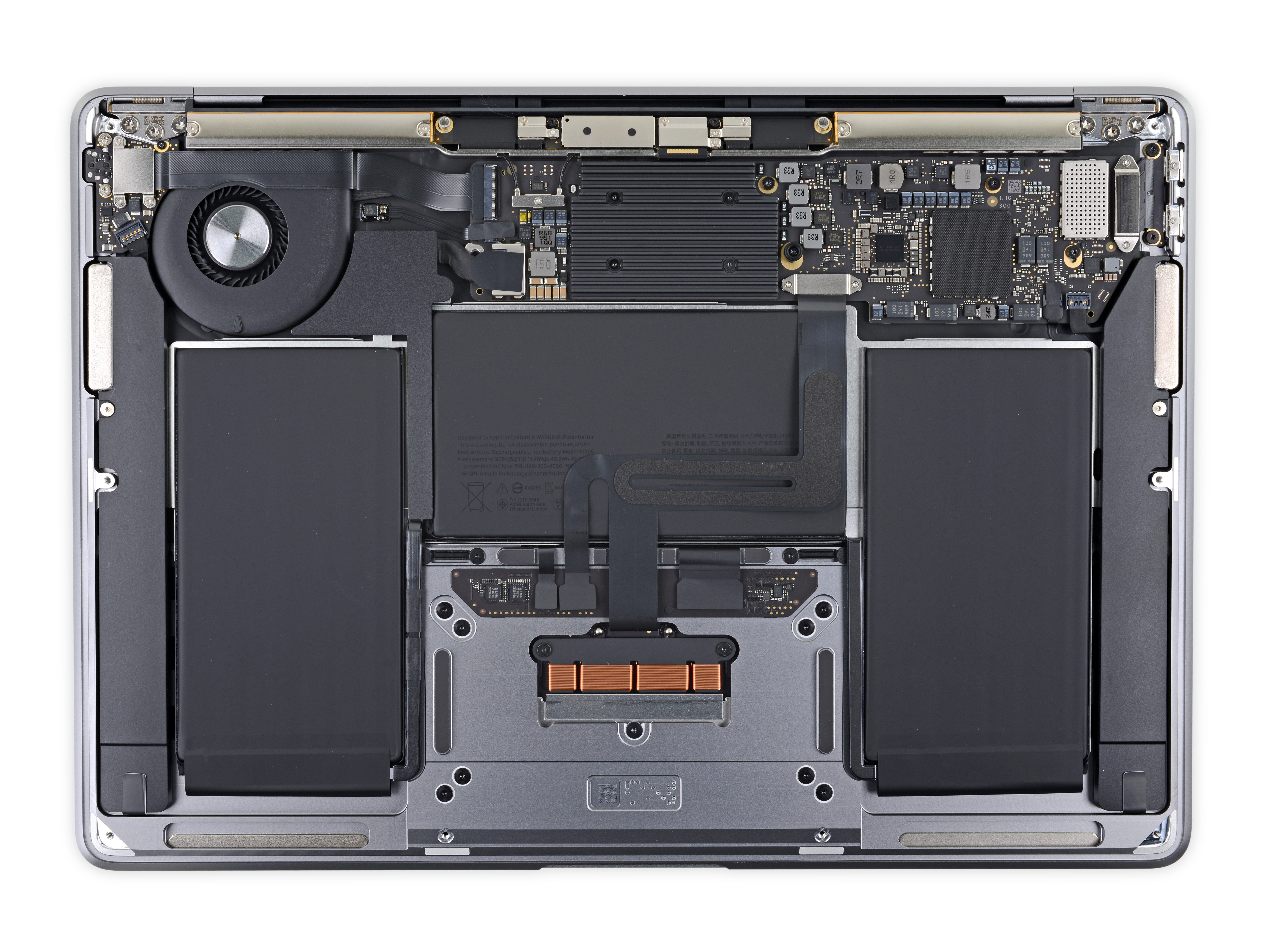One In The Chamber, One In The Socket Mac OS
| ADC Home>Reference Library>Reference>Mac OS X>Mac OS X Man Pages |
By request, here are three updated builds, based on the original CustoMac post from June 2010.These builds are our most current 1156 recommendations for fully compatible budget builds running Mac OS X as the primary operating system. By default, it was configured with 1.0 GB of 667 MHz DDR2 ECC 'fully-buffered' FB-DIMM memory (with a heatsink design that is a bit different from generic FB-DIMMs), a 250 GB (7200 RPM) 3 Gb/s Serial ATA hard drive, a double-layer 16X 'SuperDrive', and a NVIDIA GeForce 7300 GT video card with 256 MB of GDDR2 SDRAM, one dual-link DVI port. Give feedback and get help. To get help from the community, review current user topics, join or start a discussion, log on to our Docker Desktop for Mac forum. To report bugs or problems, log on to Docker Desktop for Mac issues on GitHub, where you can review community reported issues, and file new ones.
This document is a Mac OS X manual page. Manual pages are a command-line technologyfor providing documentation. You can view these manual pages locally using theman(1) command.These manual pages come from many different sources, and thus, have a variety of writingstyles. For more information about the manual page format, see the manual page for manpages(5). |
Sending feedback…
We’re sorry, an error has occurred.
Please try submitting your feedback later.
Thank you for providing feedback!
Your input helps improve our developer documentation.
In their newest series of motherboards, Gigabyte has replaced the traditional motherboard BIOS with UEFI, a newer (and better-looking) interface for managing motherboard settings. The layout of the UEFI on Gigabyte motherboards is different from the old BIOS layout, and there are a few new settings that need to be changed to work optimally with Mac OS X. Rather than adding yet another section to our standard OS X installation guides, we've put together a separate guide to cover the UEFI setup process.NOTE: This guide primarily applies to the UEFI on older Gigabyte motherboards with the LGA 1155 socket-- this means P67, Z68, Z77, H67, H77, B75, and Q77 motherboards. If you use a newer motherboard with the LGA 1150 socket, ignore the sections on xHCI and EHCI.
Introduction
Essentially, the BIOS (or UEFI) is the settings page for your computer's motherboard. From here, you can fiddle with how your computer hardware works-- it's often necessary to change a few basic settings in the BIOS or UEFI to get Mac OS X up and running. The BIOS standard is generally used by motherboards from before 2012, while the UEFI standard is used by motherboards made after that.
| UEFI on the left, BIOS on the right |
One In The Chamber One In The Socket Mac Os Download

Guide
To enter the UEFI on a Gigabyte motherboard, press the delete key when your computer boots (before the operating system starts). Different manufacturers set different keys for opening the UEFI. On some Gigabyte motherboards, this will bring you to the '3D BIOS'. From here, you can choose which specific part of your motherboard that you want to manage.
One In The Chamber One In The Socket Mac Os X
However, the 3D BIOS is kind of annoying to use. Instead, click on the 'Advanced' section in your UEFI instead (UEFI allows you to use your mouse cursor). This will lead you to a more standard-looking settings page.Before starting, it's best just to reset all of your UEFI settings to their factory defaults. On Gigabyte motherboards, you can reset your UEFI settings to their default by pressing the 'F7' key. Once your UEFI is running on its defaults, you will have to change the following settings:
Boot Option Priorities - Change 'Boot Option #1' to your USB drive. You need to do this for Unibeast to work. After you finish installing Mac OS X, you should change this setting back to default, so your main hard disk is the first boot option (this optional, but it will speed up your boot times later on).
On Gigabyte motherboards, the settings page will often show you two versions of each hard disk: the UEFI version (usually labeled as 'UEFI'), and the legacy version (usually labeled as 'P', 'SATA,' or 'Legacy'). If you installed OS X El Capitan through the Unibeast method, you must set the UEFI version as first priority. This is because Hackintoshes with El Capitan use the Clover bootloader, which only works with UEFI boot.
However, if you are installing an older version of OS X through the Unibeast method (e.g. Yosemite, Mavericks, etc.), you must select the legacy version as first priority. This is because Hackintoshes with older versions of OS X usually use Chameleon or Chimera bootloader, which does not support UEFI boot.
xHCI Mode - Change this to 'Auto'. This setting is usually set to 'Smart Auto', which doesn't work.
xHCI Hand-off / EHCI Hand-off - Make sure both of these settings are enabled.
Even though the UEFI supports using a mouse, it'll probably be easier to navigate through the UEFI with the arrow keys on your keyboard. Press 'Enter' to change a selected option in the UEFI. On a Gigabyte motherboard, press F10 to save my changes.